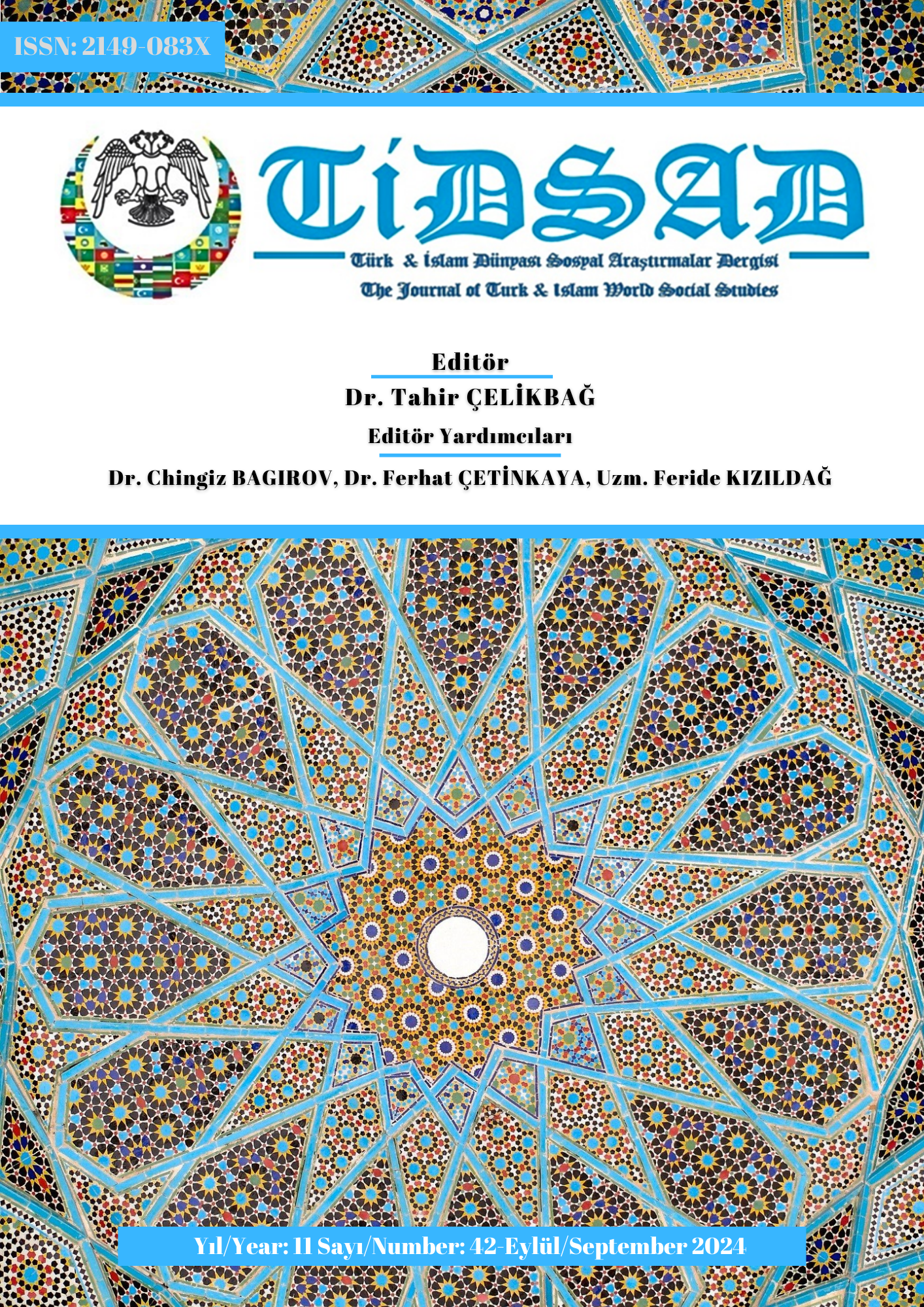Author :
Abstract
Medeniyetler ve ulusların tarihsel geçmişlerinde savaş/işgal sonrasında ele geçen topraklar ve uluslar üzerinde devlet eliyle kültürel asimilasyon uygulandığı ve sanat eserlerinin özellikle de mimari ve anıt uygulamalarının iktidarı ele geçirenler veya güçlü olan taraf açısından yüzyıllardır vazgeçilmez bir araç olduğu tarih kayıtlarında mevcuttur. Dünyanın her kesiminde olduğu gibi Anadolu Coğrafyasında bu uygulamaların örneklerine sıklıkla rastlanmaktadır. Ayastefanos anıtı bu iktidar mücadelesinin bir örneği olarak 93 harbi olarak bilenen 1877-1878 ve 1914 Osmanlı-Rus savaşları aralığında gerçekleşen siyasal gelişmeler doğrultusunda İnşa edilen Ayastefanos anıtı, Rusya’nın Osmanlı halkının itirazına rağmen bir zafer nişanesi olarak inşa ettiği örneklerden biridir. İktidarların bir sanat eseri üzerindeki ideolojik tutumlarının inşa ve yıkım sürecine nasıl yansıdığını ve bu süreçteki gelişmeleri ele alarak özünde sanat eserinin kültürel bir miras olduğu gerçeği araştırmada ele alınmaktadır. Araştırmada Nitel araştırma yöntemlerinden doküman analizi yöntemi kullanılarak iktidarların sanat eserlerine yönelik politik yaklaşımlarına örnek bir yapıt olan “Ayastefanos Anıtı” incelenerek, elde edilen bulgulardan sanat yapıtları üzerinde İktidar gücünün nasıl kullanıldığı, bu gücün sanat eserlerine olumlu/olumsuz etkisi üzerine tespitlerde bulunarak alanda yapılacak çalışmalara katkı sunulması amaçlamaktadır.
Keywords
Abstract
It is known in the historical records that in the historical past of civilizations and nations, lands seized after war/occupation, cultural assimilation was carried out by the state on nations, and works of art, especially architectural and monumental applications, have been an indispensable tool for those who seized power or the powerful side for centuries. Examples of these practices are frequently encountered in Anatolian Geography, as in every part of the world. The San Stefano Monument, which was built in line with the political developments that took place between the 1877-1878 and 1914 Ottoman-Russian wars, known as the '93 War, as an example of this power struggle, is one of the examples that Russia built as a sign of victory despite the objections of the Ottoman people. By considering how the ideological attitudes of the governments on a work of art are reflected in the construction and destruction process and the developments in this process, the fact that the work of art is essentially a cultural heritage is discussed in the research. In the research, by using the document analysis method, one of the qualitative research methods, the "Ayastefanos Monument", which is an example of the political approaches of the governments towards the works of art, was examined and from the findings obtained, it was determined how the power of power was used on the works of art and the positive/negative effect of this power on the works of art, thus contributing to the studies to be carried out in the field. aims to present.





